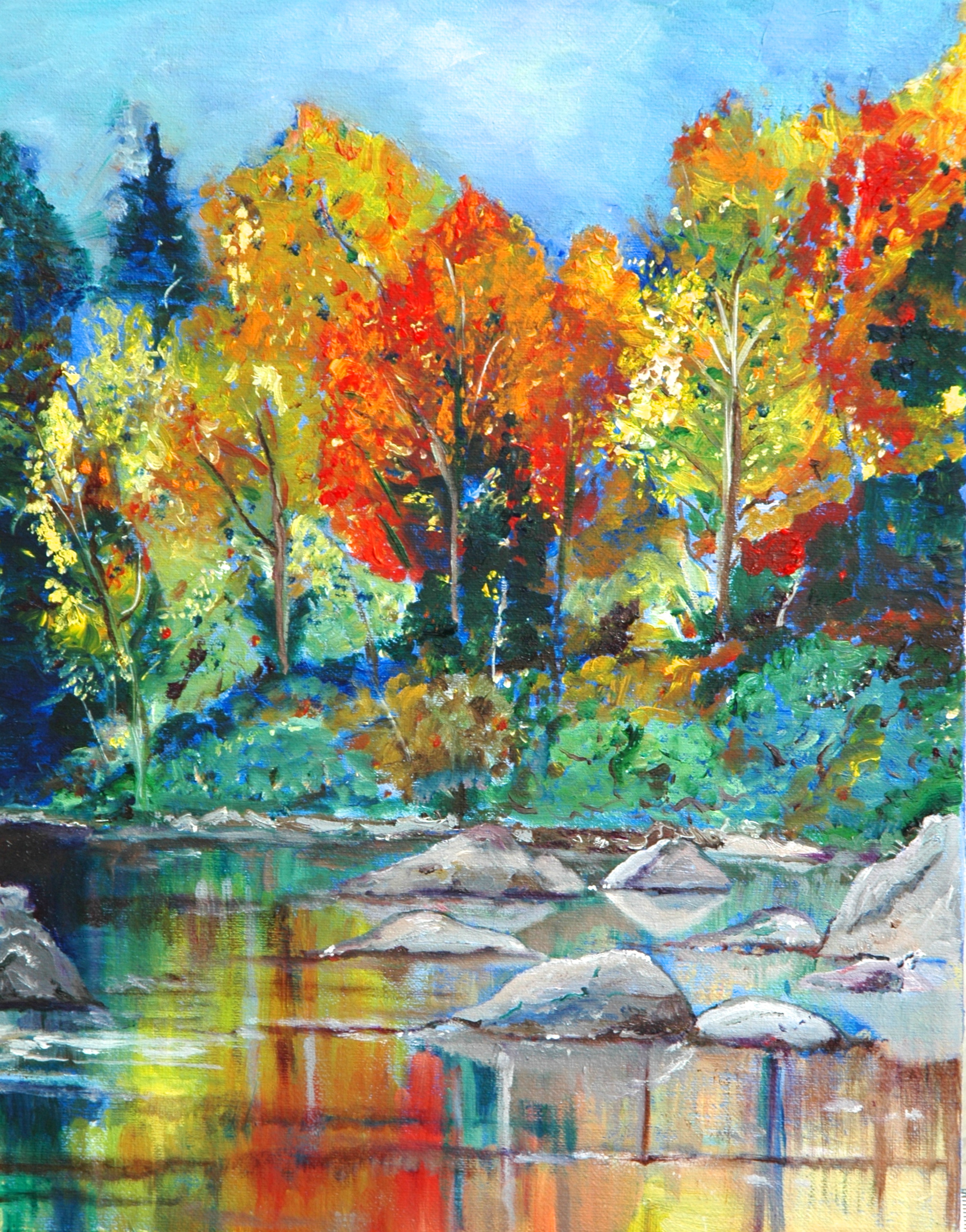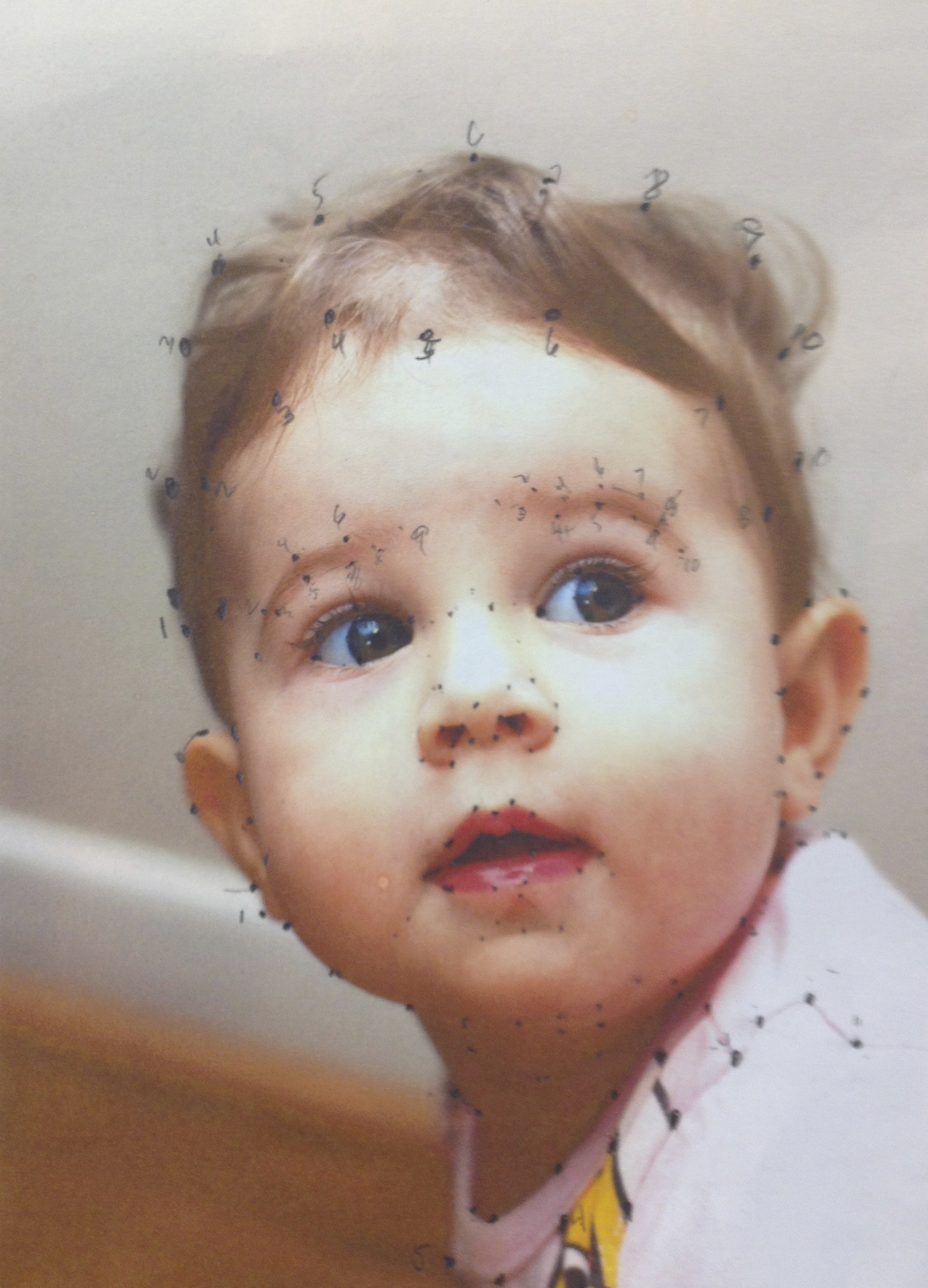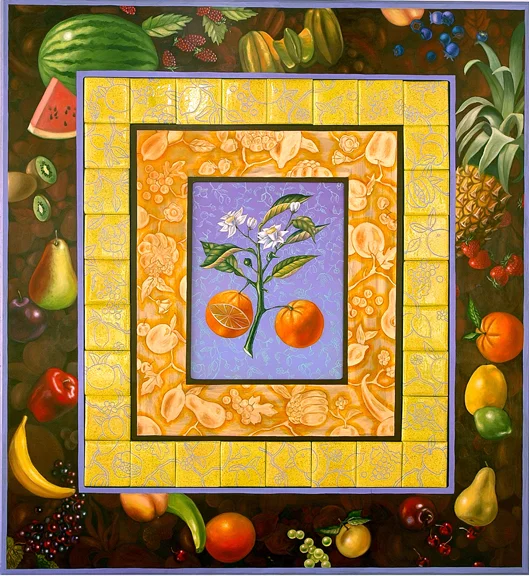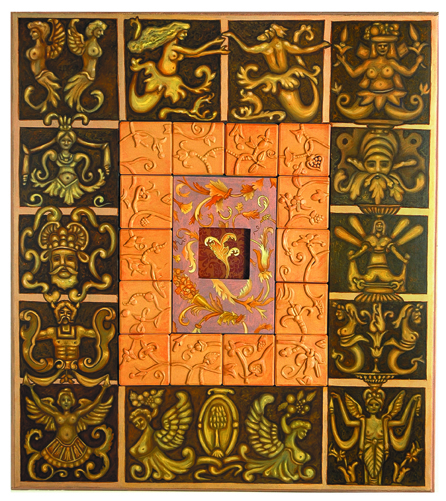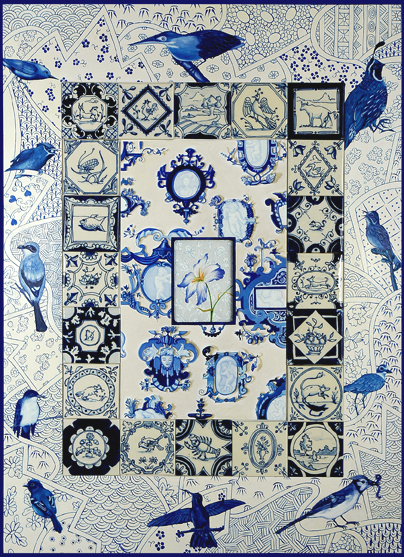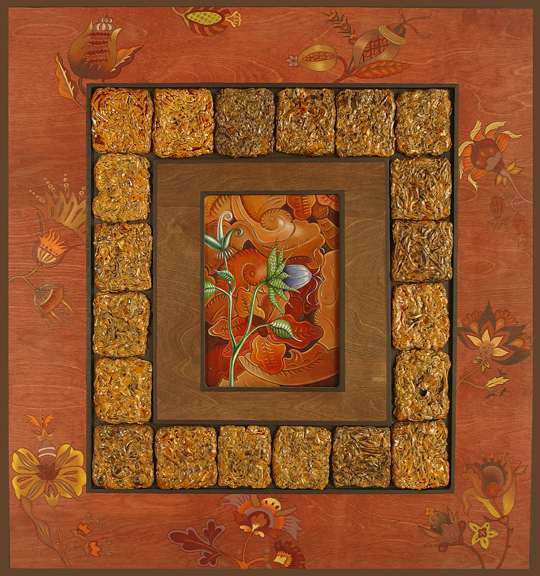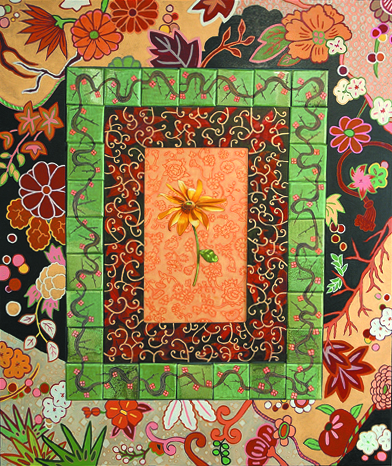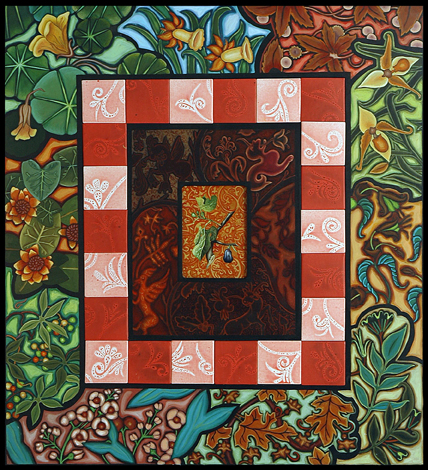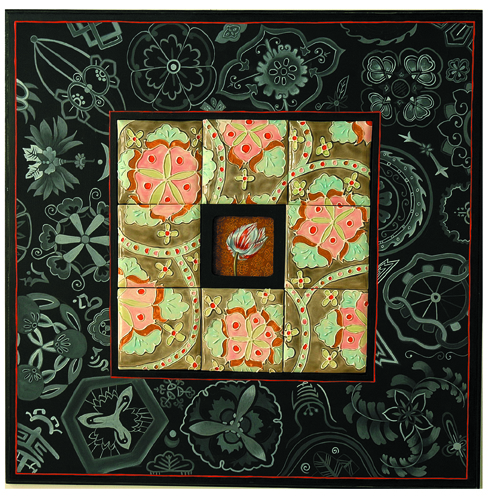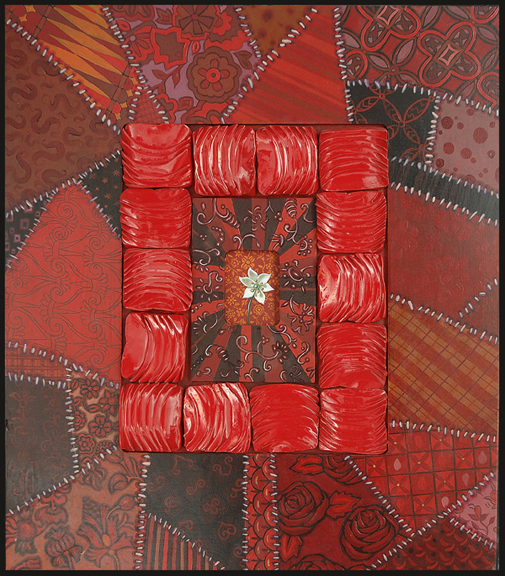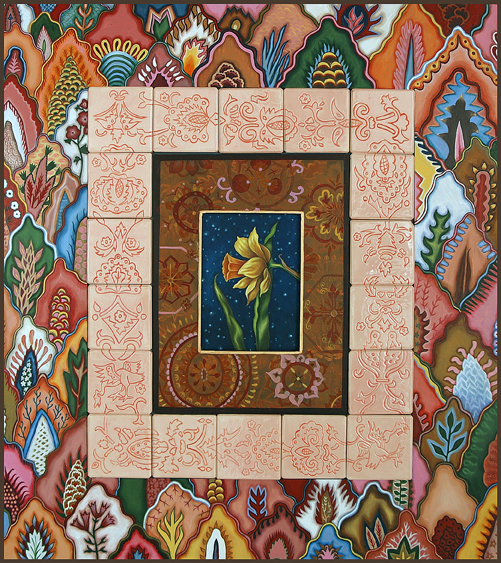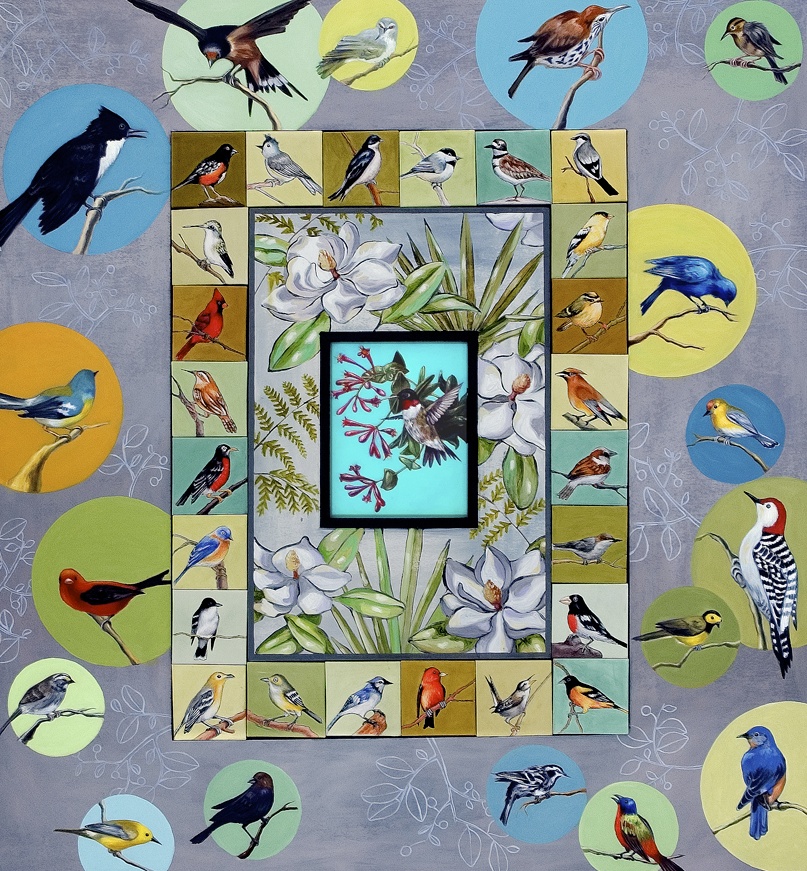Homewood’s Red Dot Gallery Marks 10 Years
with a Student-Teacher Exhibition and Open House
Red Dot Gallery, the art and teaching studio in Birmingham, is celebrating its 10th year of business with an exhibit entitled “DECADE.” The show will commemorate the art gallery and teaching space’s big anniversary, and an opening reception will be held Sept. 6, 5-8 p.m. at the gallery.
The works of Red Dot owners Scott Bennett and Dori DeCamillis will be exhibited along with paintings, pottery and sculpture by their students. Paintings by Annabelle DeCamillis and mixed media collages by Karen Leslee will also be on display.
Red Dot Gallery opened on Sept. 11, 2004, at Pepper Place. Three years later, DeCamillis and Bennett moved to their present location in the Edgewood neighborhood of Homewood, and have found it to be a friendly and auspicious site for their classes, working studio and small gallery. The gallery has exhibited local and national artists of note, and now focuses on the work of owners Dori and Scott and their students. Their popular classes have taught hundreds of students, and it’s not unusual now for classes to have waiting lists.
Red Dot offers painting, drawing and pottery classes for adults, as well as art classes for children. Bennett and DeCamillis balance the academic, technical and conceptual concerns of art with the equally important aspects of fun, relaxation and social interaction. Their students range from beginners with no experience, to practicing artists with graduate degrees in art.
“One of the things I most appreciate about taking classes at Red Dot is the way both Dori and Scott make their teaching positive, enjoyable and lively,” says Mary Kay Culpepper, who has studied at the gallery for more than seven years. “They’re amazingly responsive to the varied needs and abilities of their students. And because the classes are so inclusive, we students end up learning from each other, too, and often become good friends in the process. It’s a terrific atmosphere for creativity.”
The past decade has brought the realization of many artistic objectives for Bennett and DeCamillis, and Red Dot has been a source of inspiration. “Our students stimulate and teach us as much as we do them,” DeCamillis says. “Having a workplace of encouragement and motivation enlivens us and our work.” DeCamillis had a solo exhibit of her work at the Mobile Museum of Art in 2011 and is preparing for another solo show at the Huntsville Museum of Art in 2015.
Her husband, Scott Bennett, directed the Alabama Clay Conference for the past three years, and has brought many distinguished international artists to Birmingham as presenters. “Red Dot has served as a galvanizing influence on us in our artistic endeavors,” he says. “Our studio and classes are a home base that brings us joy and moves us to both create and promote the arts.” Over the past 10 years, Bennett has shown his work at notable exhibits around the United States, including the prestigious National Council for Education in the Ceramic Arts conferences.
For information about classes at Red Dot Gallery – and the art of Bennett and DeCamillis – call 870-7608 or visit www.reddotgallery.com.











